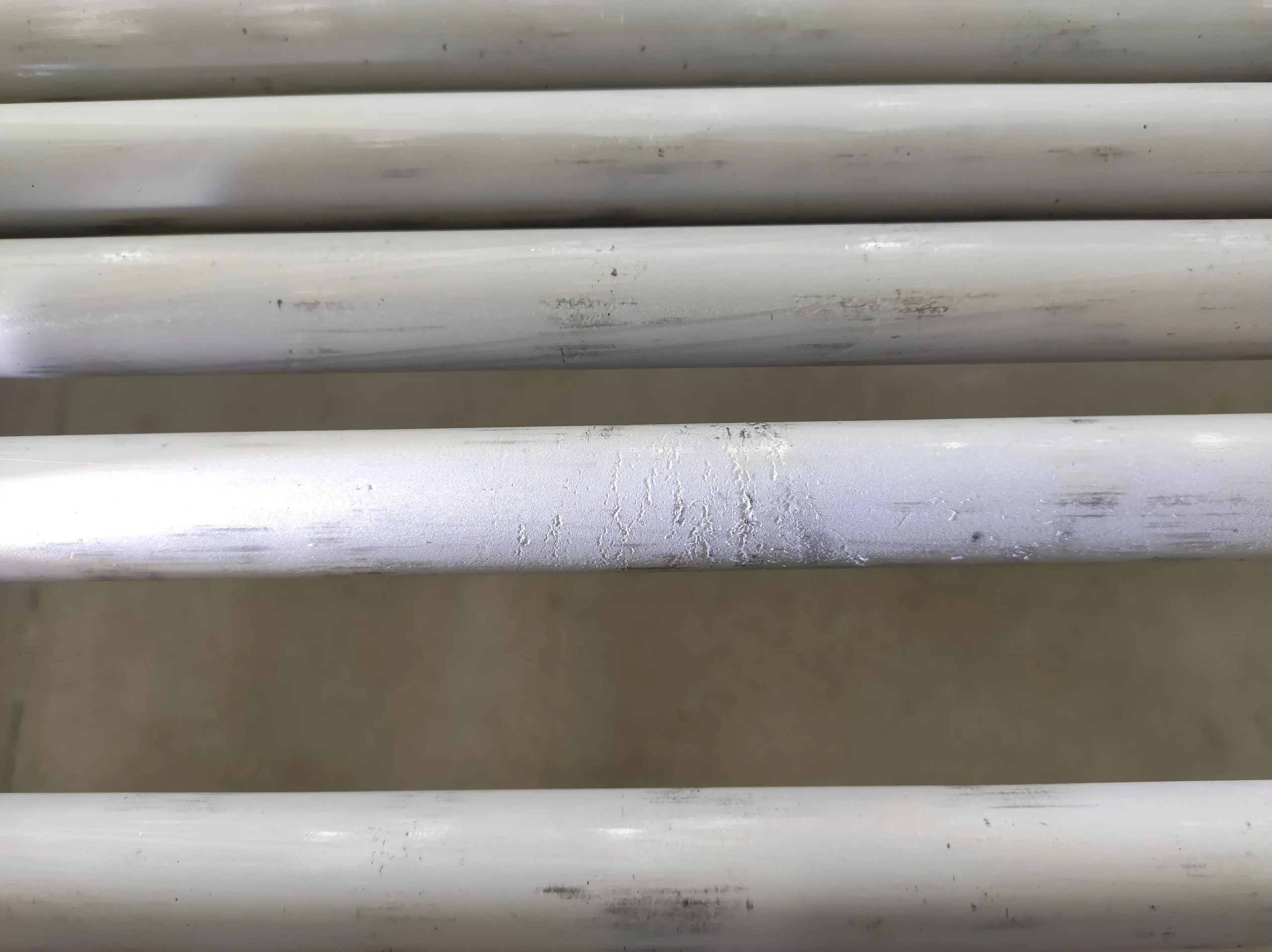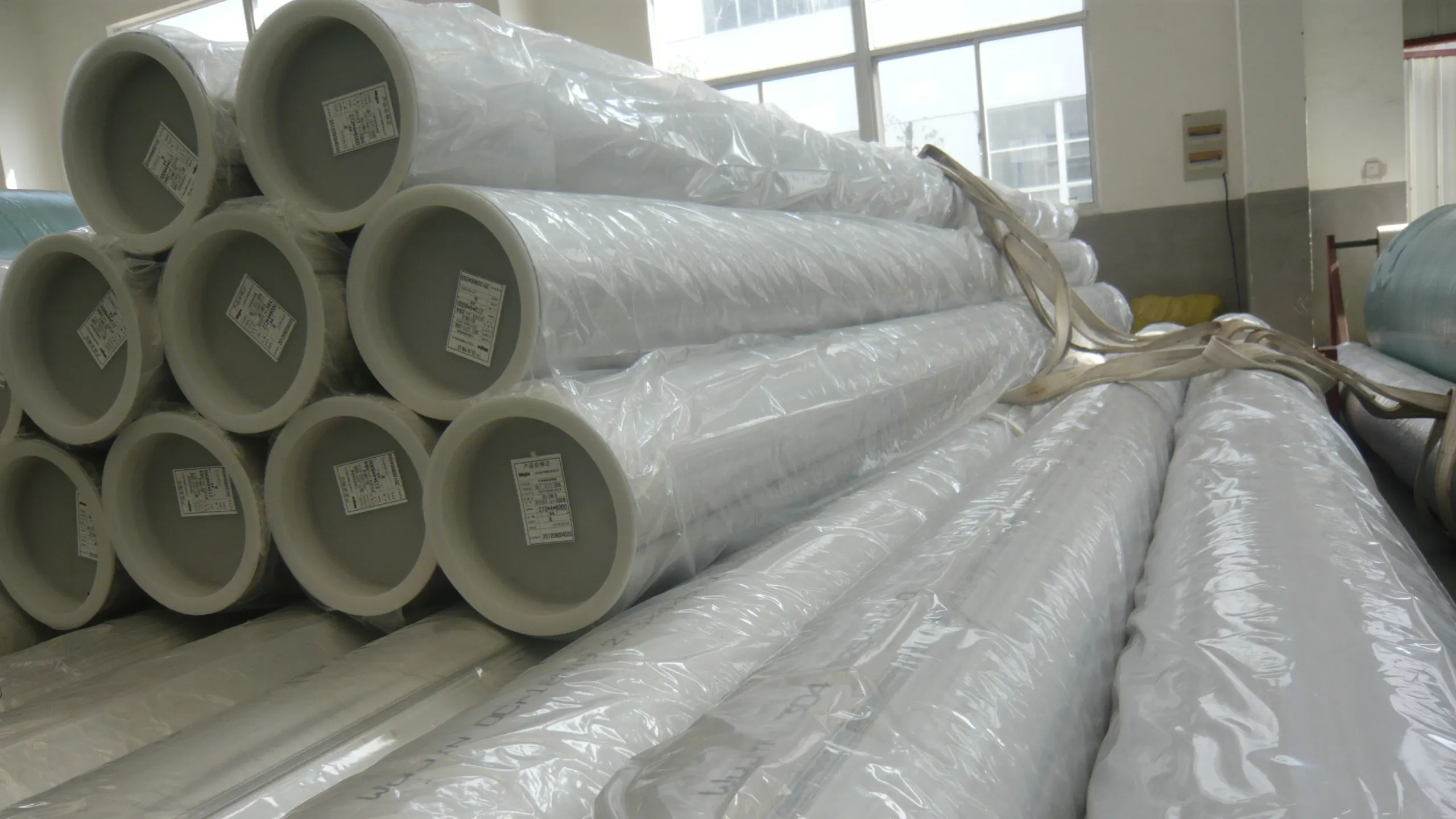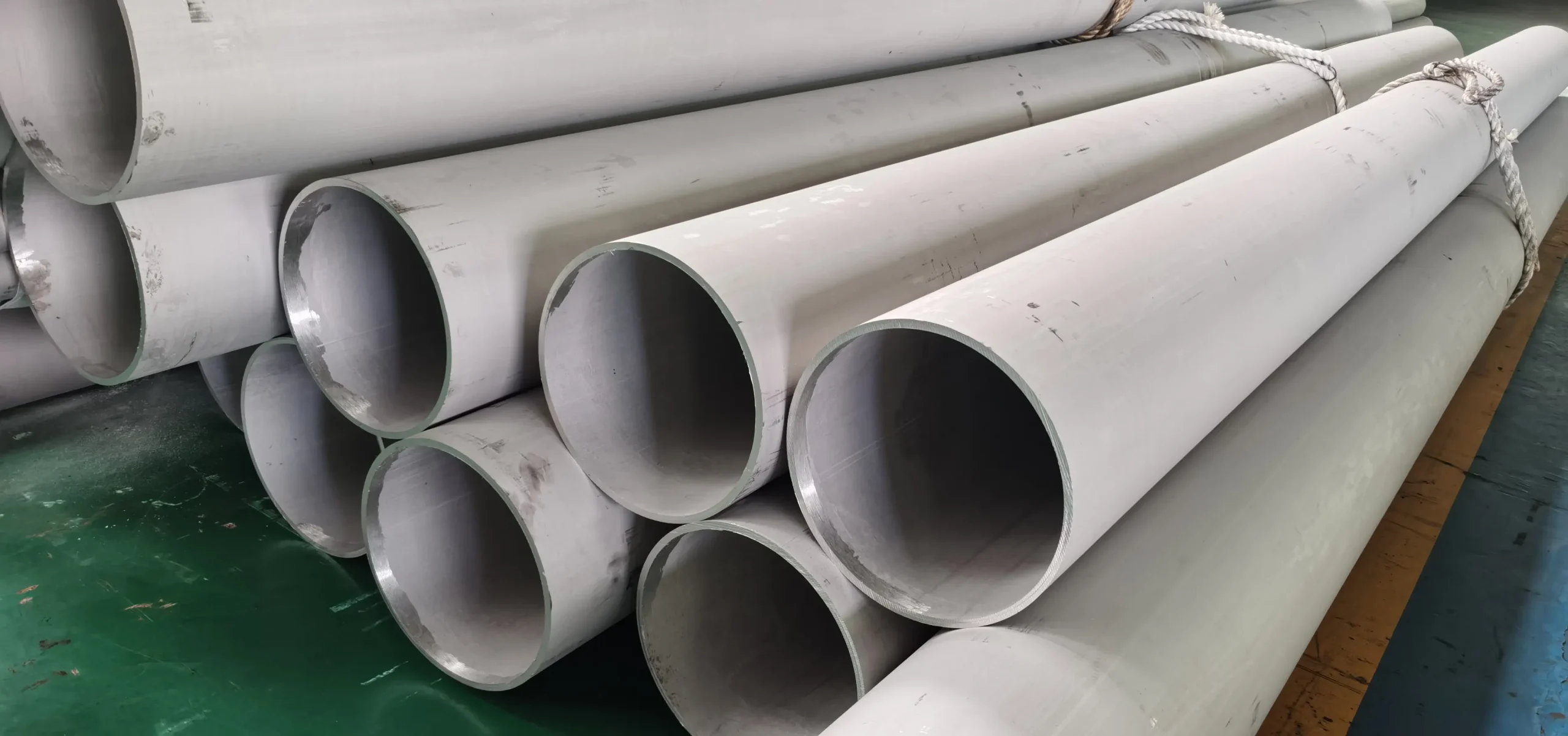Development History of Duplex Stainless Steel Pipe
Compared with austenitic stainless steel grades with the same corrosion resistance, duplex stainless steels have lower nickel and molybdenum contents. Due to the low content of alloying elements, duplex stainless steel may have an advantage in price, especially when the alloy surcharge is high.
Due to the higher yield strength of duplex stainless steel pipe, its cross-sectional size can often be reduced.
Compared with the solution using austenitic stainless steel, the use of duplex stainless steel can significantly reduce costs and weight.
Duplex stainless steel has a history of more than 80 years. Early grades were alloys of chromium, nickel and molybdenum. The first batch of forged and rolled duplex stainless steels was produced in Sweden in 1930 and used in the sulfite paper industry. These grades were developed to reduce the intergranular corrosion problems of early high carbon austenitic stainless steels.
In 1930 Finland produced duplex stainless steel castings. In 1936 the predecessor of the Uranus 50 was patented in France. After World War II, AISI 329 stainless steel became a mature grade and widely used in heat exchanger pipes of nitric acid plants. 3RE60 is one of the first-generation duplex stainless steel grades specially developed to improve the resistance to chloride stress corrosion cracking (SCC). Later, forged and cast duplex stainless steel grades were used in a variety of processing industry applications, including vessels, heat exchangers, and pumps.
The first-generation duplex stainless steel has good performance, but has limitations in the welded state. The heat affected zone (HAZ) of the weld is low in toughness due to excessive ferrite, and the corrosion resistance is significantly lower than that of the base metal.
These limitations make the application of the first-generation duplex stainless steels limited to some specific applications in the non-welded state. The invention of the stainless steel refining and argon-oxygen decarburization (AOD) process in 1968 made it possible to produce a series of new stainless steel grades.
One of the many advances brought by AOD is the deliberate addition of nitrogen as an alloying element. Adding nitrogen to the duplex stainless steel can make the toughness and corrosion resistance of the HAZ in the welded state close to that of the base metal. With the improvement of austenite stability, nitrogen also reduces the rate of formation of harmful intermetallic phases.
Nitrogen-containing duplex stainless steels are called second-generation duplex stainless steels. This new commercialization progress started in the late 1970s, which coincided with the development of the North Sea offshore oil and gas fields and the market’s demand for stainless steel with excellent resistance to chloride ion corrosion, good processability and high strength.
duplex 2205 became the main grade of the second-generation duplex stainless steel and is widely used in offshore oil platform gas gathering pipelines and processing facilities. Due to the high strength of this steel, the wall thickness can be reduced, which can reduce the weight of the platform, so the application of this stainless steel is very attractive.
Duplex stainless steels include a range of grades with different corrosion resistance properties, and their corrosion resistance depends on their alloy composition. This article divides modern duplex stainless steel into five categories based on corrosion resistance:
- 1. Economic duplex stainless steel without intentionally adding molybdenum, such as 2304;
- 2. Economic duplex stainless steel containing molybdenum, such as S32003;
- 3. Standard duplex stainless steel, such as 2205, with a Cr content of about 22% and a Mo content of 3%, is the main grade, accounting for about 60% of the amount of duplex stainless steel;
- 4. Super duplex stainless steel with Cr content of about 25% and Mo content of 3%, PREN value of 40 to 45, such as 2507;
- 5. Special super duplex stainless steel, Cr and Mo content is higher than super duplex stainless steel, PREN value is greater than 45, such as S32707




